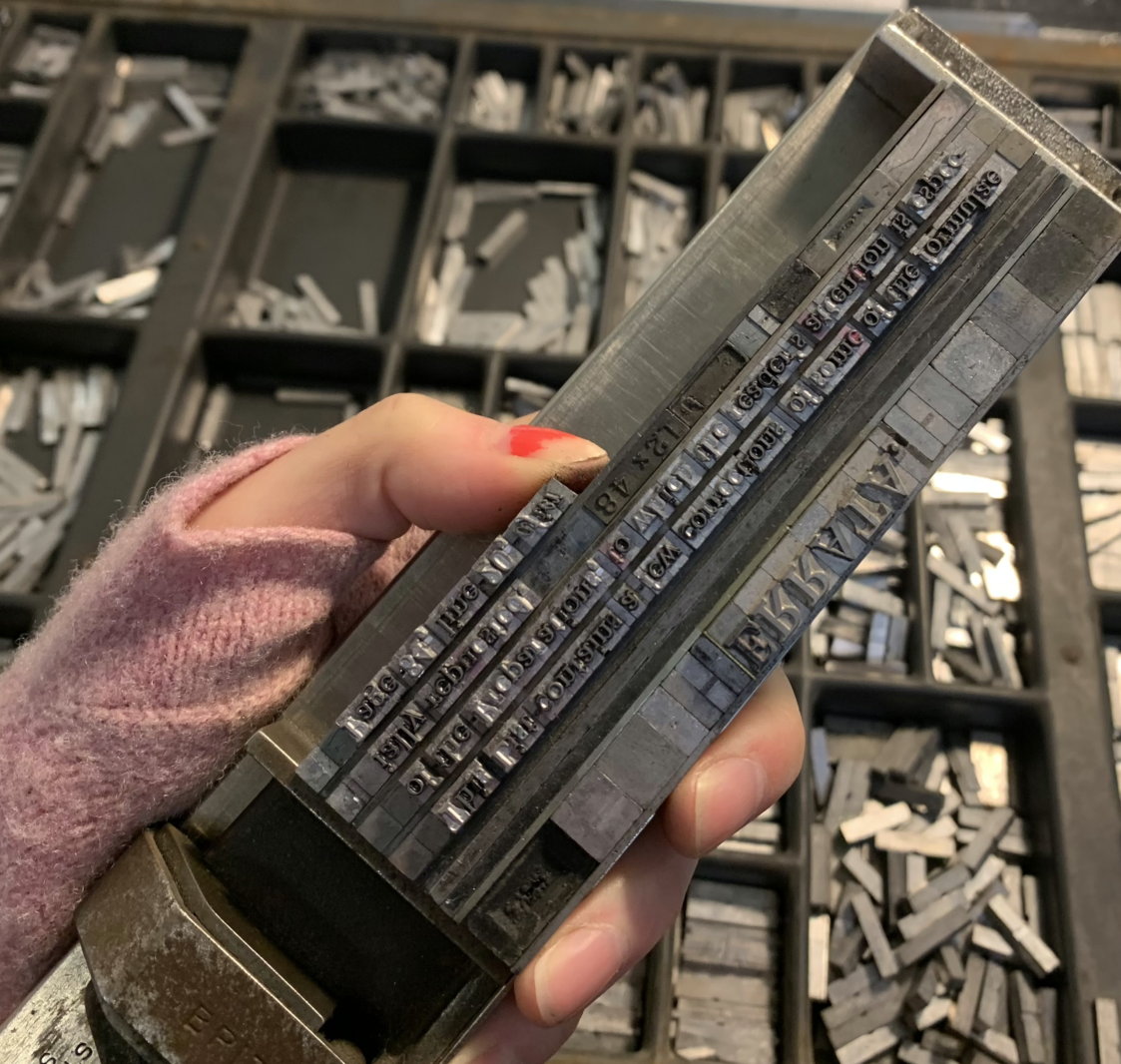Fall 2025
When’s the last time you made a mistake with language? How did you correct it–or did you? Depending on the context, there are centuries-old printing protocols for this. The prefix “err” originates in the Latine word “errare,” meaning to wander or stray. Modern usage, however, became more mistake-oriented: to wander from a correct path, idea, or action.
In print history, “errata” adopted this association of mistake-making to signal an error in published texts. Traditionally, the insertion of a strip of paper in a book or dedicated space in a serial publication corrected said error. While errata is often a blanket term for content that needs correcting (dates, typographic errors, terms) there exist more specific denominations: corrigenda refers to corrections that alter a stance, opinion, or claim; addenda is information inserted to clarify or supplement content. Printing houses, mastheads, and digital publishers still use these conventions, and their patterns and language are fascinating.
I am scavenging the collections at Artexte for examples of errata or the need thereof. I am looking for examples of tones (humor, shame, defensiveness), layout, and poetic errors to counter the persistence/existence of a “correct path” or action. My findings will inform works across letterpress, artist books, and projections that suggest possible pedagogies in errata–methods we can glean from their challenges, acknowledgements, or repair. Our current landscape of AI is smoothing vernacular language and manual typos. Accusations of ideological mis-truths are threatening corrigenda that lean into errant histories, identities, and radical work. Perhaps we might learn from the subversive application of these publishing conventions.
Errata
paragraph 1, line 1: for correct, read acknowledge
Paragraph 1, line 3: for Latine, read Latin
Paragraph 1, line 4: for correct, read normative or hegemonic
Paragraph 2, line 4: after and, insert (especially)
maya rae oppenheimer, phd (she/her), works with, through, from, and around paper: making it, writing on it, reading from it, and generally thinking with it. There is something about the material of paper, from plant fibre to pulp to sheet, that is magical in its intimacy and process. Making your own paper is empowering because it becomes a vessel for correspondence, admiring, thinking, line-making, printing, projection, wrapping, and coating things. It is also art in its own right according to her. Looking back on her studio and performance art practice thus far, she sees a throughline of paper and especially the book form, with all its features and structures and its presence in the hand. She is the founder and co-director of OK Stamp Press, a mutual aid art publishing project, and she also teaches in the Department of Studio Arts at Concordia University. Artist website under perpetual construction.
